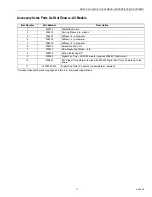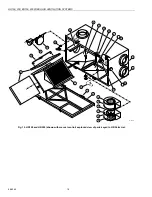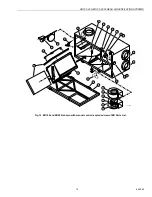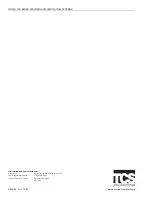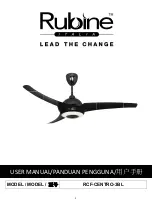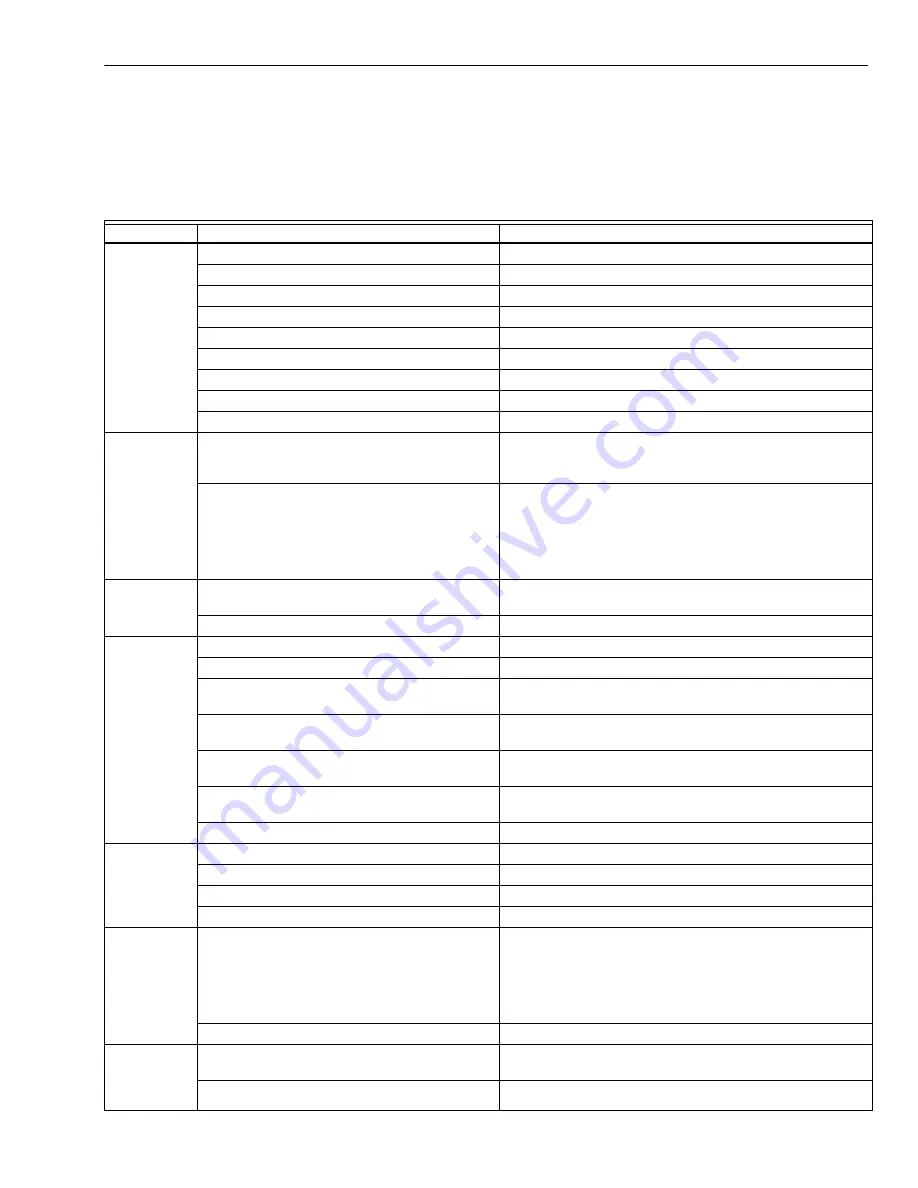
HR150, 200; ER150, 200 FRESH AIR VENTILATION SYSTEMS
13
68-0269
TROUBLESHOOTING
See Table 1.
Table 1. Troubleshooting Guide.
Symptom
Cause
Solution
Poor
airflow
•
Plugged outside hood 1/4 in. (6 mm) mesh.
• Clean exterior hoods or vents
•
Filters plugged.
• Remove and clean filter.
•
Core obstructed.
• Remove and clean core.
•
House grilles closed or blocked.
• Check and open grilles.
•
Dampers (if installed) are closed.
• Open and adjust dampers
•
Poor power supply at site.
• Have electrician check supply voltage at house.
• Ductwork is restricting airflow.
• Check duct installation.
•
Improper speed control setting.
• Increase speed of ventilator.
• Ventilator airflow improperly balanced.
• Have contractor balance ventilator airflow.
Supply air
feels cold
• Poor location of supply grilles, airflow can irri-
tate the occupant.
• Locate grilles high on walls or under baseboards; install
ceiling-mounted diffuser or grilles to avoid blowing directly
on occupants (example: over a sofa).
• Outdoor temperature extremely cold.
• Turn down ventilator supply speed. Use a small duct heater
(1kW to temper the supply air.
• Placement of furniture or closed doors is restricting move-
ment of air in the home.
• If supply air is ducted in furnace return, run furnace fan con-
tinuously to distribute ventilation air comfortably.
Dehumidistat
is not oper-
ating
• Incorrect connection to external 24-volt control.
• Staple/nail is shorting out external low voltage.
• Check that correct wires were used.
• Check external wiring for a short.
• Check dehumidistat setting; it could be at Off. • Set dehumidistat at the desired setting.
Humidity
levels are too
high; conden-
sation appears
on windows
• Dehumidistat is set too high.
• Set dehumidistat lower.
• Undersized ventilator (hot tub, indoor pool, etc) • Cover pools and hot tubs when not in use.
• Lifestyle of occupants.
• Avoid hanging clothes to dry, storing wood and venting
clothes dryer inside. Consider moving wood outside.
• Moisture coming into home from crawl space
not vented or heated.
• Vent crawl space and place vapor barrier on floor of crawl
space.
• Moisture is remaining in bathroom and kitchen
areas.
• Size bathroom ducts to remove moist air as effectively as
possible; use bathroom fan to remove additional moisture.
• Condensation is forming in spring and fall.
• On humid days, as seasons change, condensation appears
but air quality remains high with some ventilator use.
• Ventilator speed is set too low.
• Increase speed of ventilator.
Humidity lev-
els too low
• Dehumidistat control set too low.
• Set dehumidistat higher.
• Blower speed of ventilator is too high.
• Decrease ventilator blower speed.
• Lifestyle of occupants.
• Increase humidity with humidifiers.
• Ventilator airflow can be incorrectly balanced. • Have a contractor balance ventilator airflow.
Ventilator and/
or ducts have
frost buildup
• Ventilator airflow is incorrectly balanced.
NOTE: Minimal frost build-up is expected on cores before
unit initiates defrost cycle functions.
• Check operation of dampers in exhaust vent; damper vanes
may be held open or damaged.
• Have HVAC contractor balance ventilator.
• Malfunction of ventilator defrost system.
• Have HVAC contractor check defrost system.
Condensation
or ice buildup
in insulated
duct to outside
• Incomplete vapor barrier around insulated duct. • Tape and seal all joints.
• Tape any hole or tears made in outer duct covering.
• Hole or tear in outer duct covering.
• Ensure vapor barrier is completely sealed.

















